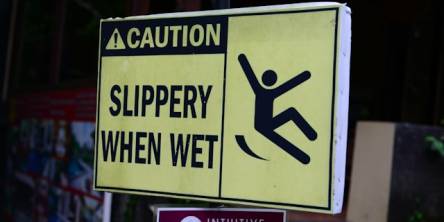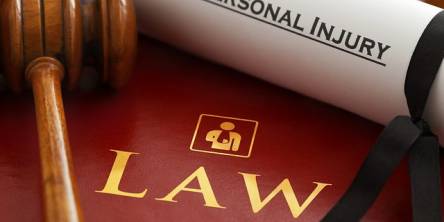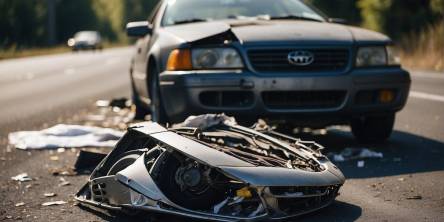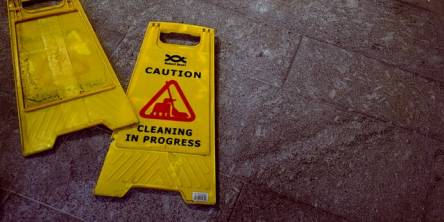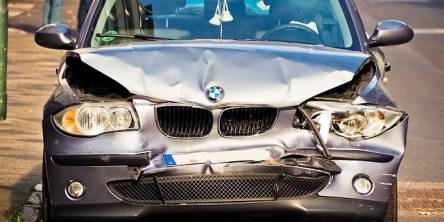Child Safety in Car Accidents: Car Seats, Boosters, and Regulations

In California, where the risk of traffic accidents is heightened by dense population centers and busy highways, ensuring the safety of child passengers is paramount. Proper use of car seats and boosters and adherence to state-specific safety regulations can significantly reduce the risk of injury for children in the event of a car accident. California law requires that children are secured in the appropriate child restraint system until they are at least eight years old or meet height and weight requirements. This legal framework is designed to offer maximum protection for young passengers.
For families in Oroville and throughout California, understanding and complying with these regulations can be daunting, particularly given the variety of car seats and booster options available. An Oroville car accident lawyer can provide invaluable guidance to parents and guardians, ensuring they understand the legal requirements for child safety seats and the best practices for securing their children. Additionally, in the unfortunate event of an accident, having a knowledgeable car accident lawyer can help families navigate the complexities of insurance claims and potential litigation, ensuring that the rights and safety of the young victims are prioritized.
In this article, we'll talk about why child safety in car accidents is crucial and give parents tips on choosing car seats and boosters and following regulations to keep their little ones safe.
The Significance of Protecting Children
In a car crash, the impact on people inside the vehicle can cause harm or even death. Children are at risk because of their bodies and vulnerability to injuries. Studies on accidents consistently stress how important it is to use child restraints to lessen the seriousness of injuries.
Car Seats: Making the Best Choice
Picking the car seat is key to keeping your child safe. It's vital to select a seat that fits your child’s age, weight, and height. Infant car seats are made for newborns up to one year old. Until they reach the maximum height or weight limit set by the manufacturer, these seats should always face towards the back. When it comes to car seats, convertible ones provide flexibility as they can be used in both rear-facing and forward-facing positions as your child gets older.
Booster Seats: Transitioning Safely
Transitioning to booster seats is crucial for safety once a child has outgrown a front-facing seat. Booster seats ensure that the shoulder belts fit properly over the collarbone rather than cutting into the neck or slipping off the shoulders.
Regulations: Staying Compliant with the Law
To ensure a safe travel environment for children, it's important to follow regulations regarding child restraints. Laws on child safety seats differ from state to state, so parents must adhere to the rules in their area. Following manufacturer guidelines for installing and using car seats and boosters is also essential. This includes securing the seat in the vehicle, buckling the child properly, and considering weight and height limits.
Installation: Getting It Right
Proper installation of car or booster seats is crucial for their effectiveness. Unfortunately, three-quarters of car seats are installed incorrectly, significantly reducing their ability to protect children in case of accidents. For a proper installation, make sure to review both the car owner’s manual and the instructions that come with the car seat or booster. It's also advisable to consult with certified child passenger safety experts for guidance and peace of mind.
Routine Inspections: Ensuring Safety
Simply installing a car seat or booster correctly is not sufficient; regular inspections are crucial for upholding safety standards. Over time, seats can wear out and sustain damage, making them less effective in the event of an accident. Car seats may also expire due to deteriorating parts or evolving safety regulations. By checking for alignment and functionality, such as inspecting belts for wear and tear or buckles for signs of damage, parents can detect issues early on and take necessary steps.
Understanding Different Restraint Systems
Various types of restraint systems are available, including rear-facing car seats, front-facing car seats, and boosters. Each type has features tailored to age groups and sizes. It's essential for parents to grasp the distinctions between these systems and select one that suits their child’s stage.
Supplementary Safety Precautions
While car seats and boosters are essential for keeping children safe in car accidents, there are safety measures parents can take to add a layer of protection, for instance, ensuring that all adult passengers in the vehicle wear seat belts, properly avoiding distractions while driving, keeping distractive objects out of reach, and teaching kids about safe behavior in cars. These additional steps can help make the driving environment safer for children and lower the chances of injuries.
Conclusion
Parents should prioritize child safety when traveling by car. It's important to select the car seat that matches your child's age, weight, and height to ensure they are well protected in case of accidents. Adhering to laws, correctly installing the car seat, and conducting checks will contribute to maintaining optimal safety levels at all times. Let's join forces as parents and caregivers to establish a setting where our children can enjoy safe travels on the road.
Similar Articles
Personal injury lawyers are legal professionals who specialize in representing individuals who have sustained injuries, both physical and emotional, due to the negligence or wrongdoing of another person, company, government agency, or any other entity.
Workplace safety is a paramount concern in Texas, where slip and fall accidents can result in serious injuries, contributing to the significant injury statistics seen across the state.
In Hialeah, Florida, the diverse landscape of personal injuries reflects the harrowing statistics of road safety. In 2022 alone, the state reported 389,453 traffic accidents, including 3,302 fatal incidents.
In Pennsylvania, where an average of 12 traffic crashes occur every hour, thorough documentation of evidence is essential for anyone involved in a personal injury claim. Proper evidence substantiates the extent and impact of injuries sustained and forms the backbone of effective legal arguments
4 essential tips for choosing the top slip and fall attorney. Secure the best legal support for your case and peace of mind.
Car accidents often result in a variety of injuries that can range from minor to severe. These injuries are typically a direct consequence of the force and impact associated with vehicle collisions
In the wake of a slip and fall incident, victims often find themselves grappling with not only their injuries but also the complex process of proving negligence to secure just compensation.
In the aftermath of a car accident, victims are often thrust into a world of uncertainty and challenge, especially in California, where the roads witness roughly 4,000 fatal car accidents annually.
Medical certificates and reports serve an integral function within healthcare by documenting an individual's current state, diagnosis, treatment options available and prognosis. These documents play a pivotal role in many aspects of life - be they employment-related, insurance claims-related, educational pursuits or immigration requirements.


